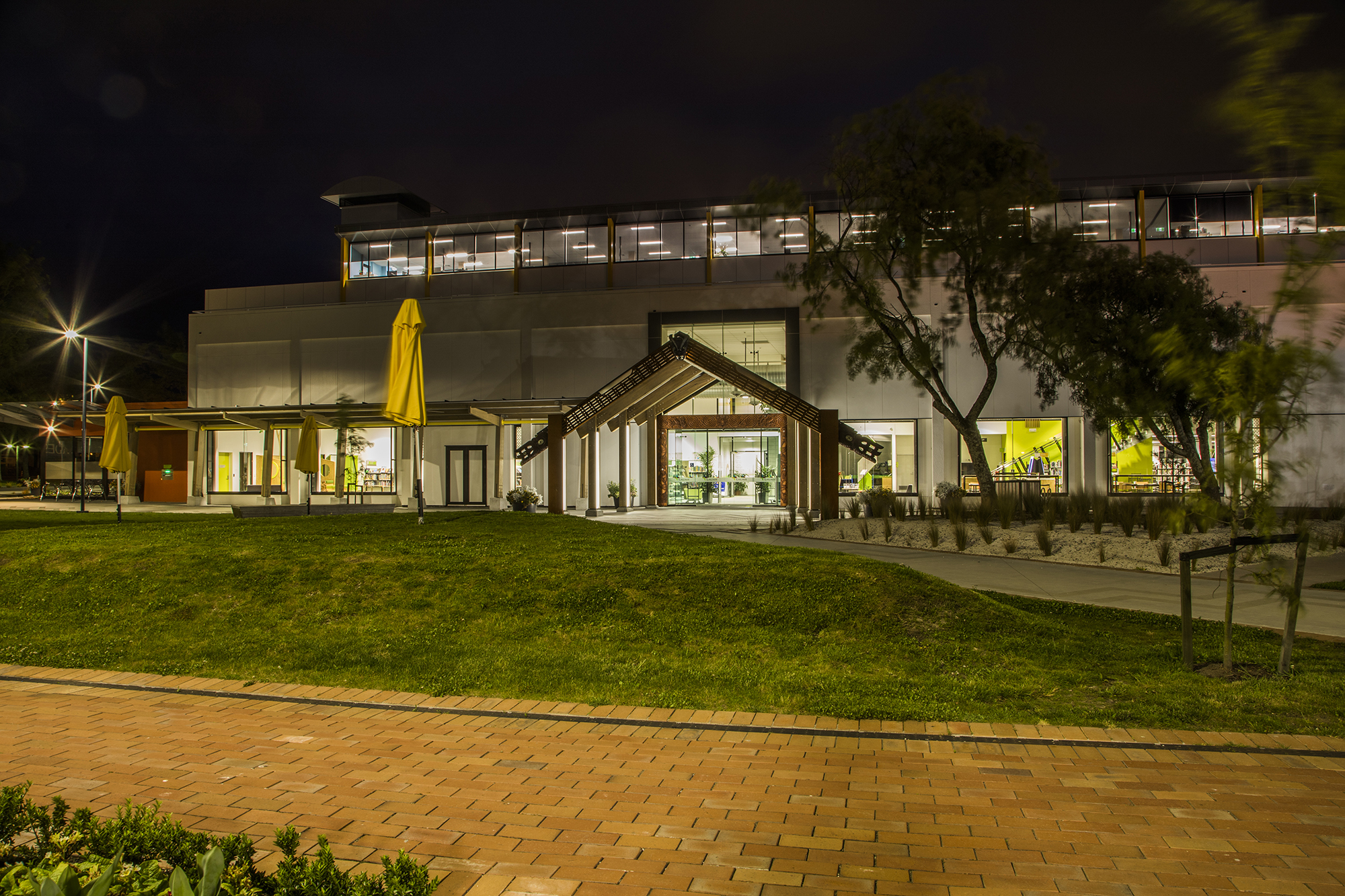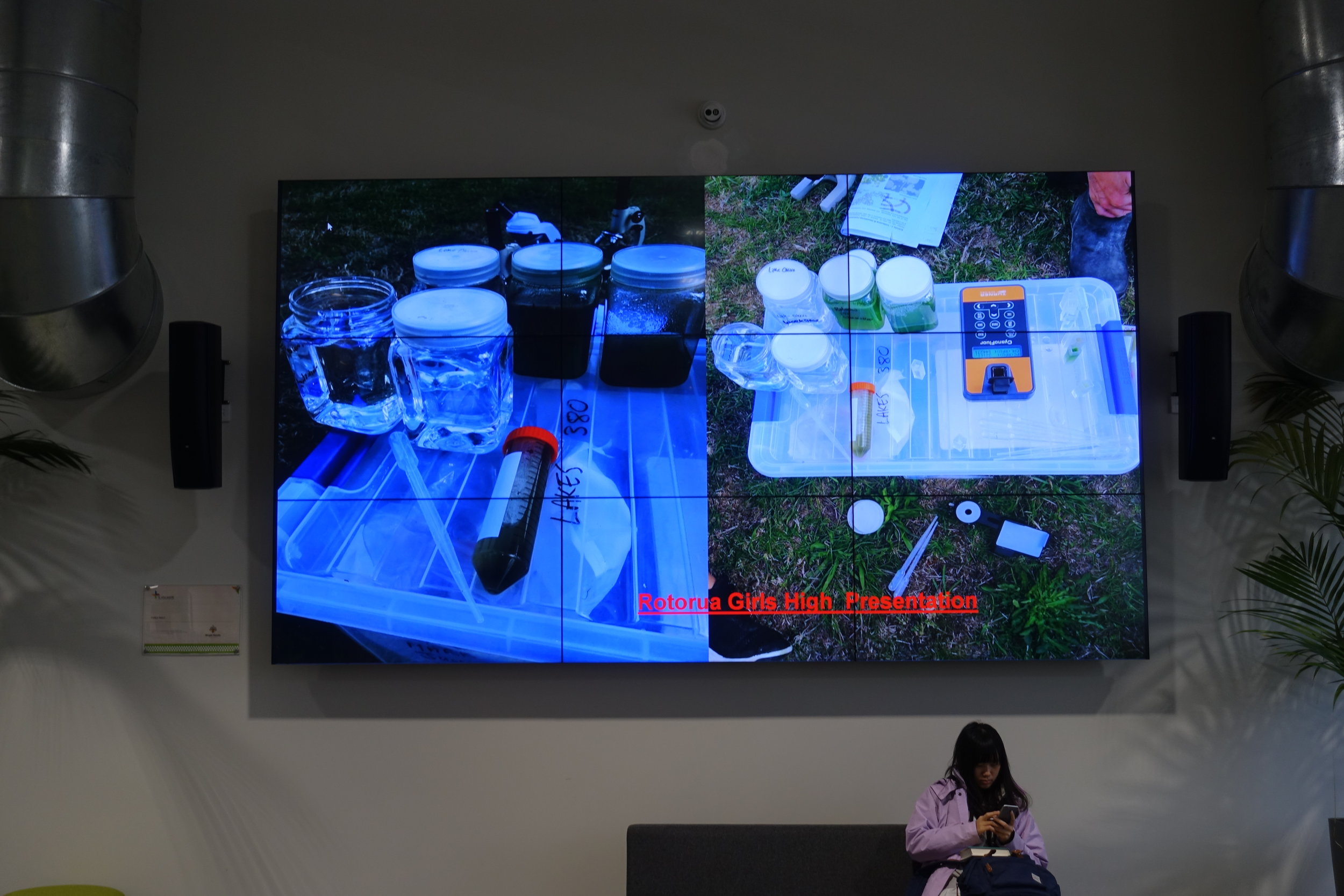Communicating science Rotorua
Students converted their science engagement on the lake into display slides for the wider public. The purpose was to raise awareness of the five-year project by Lake380 in which scientists are actively characterising the health of New Zealand lakes by analysing sediment cores from 380 locations nationwide.
NZ herald report on Health-check: More North Island lakes graded 'bad' than 'good' (Jan, 2018) provided a list of some of the worst graded lakes at that time
‘Among those graded worst were Lake Rototuna in Northland, Lake Waikopiro in Hawke's Bay, Lake Horowhenua, Lake Wairarapa, and Lake Ellesmere and Lake Rotorua in Canterbury.
Others ranked "poor" included Lake Tutira in Hawke's Bay, Lake Rotorangi in Taranaki, and Lake Hayes in Central Otago.
The best-rated lakes included Lake Waikaremoana, Lake Ohau, Lake Tekapo, Lake Manapouri and Lake Te Anau.
New Zealand's largest, Lake Taupo - recently hit by an algal bloom scare - was graded "good", as were Lake Tarawera, Lake Okataina, Lake Dunstan and Lake Wanaka’.
The Lake380 team are currently exploring the current and historic health of New Zealand's most northern lakes in Kaitaia. Ngāti Kuri and the Lakes380 team will also be sampling Lake Te Ketekete, where more than 2500 people once lived in a lakeside settlement.
Our Rotorua students had the unique opportunity of participating in this Lake380 project earlier in the term. Their informational display is currently at Rotorua district library for pubic to view.





